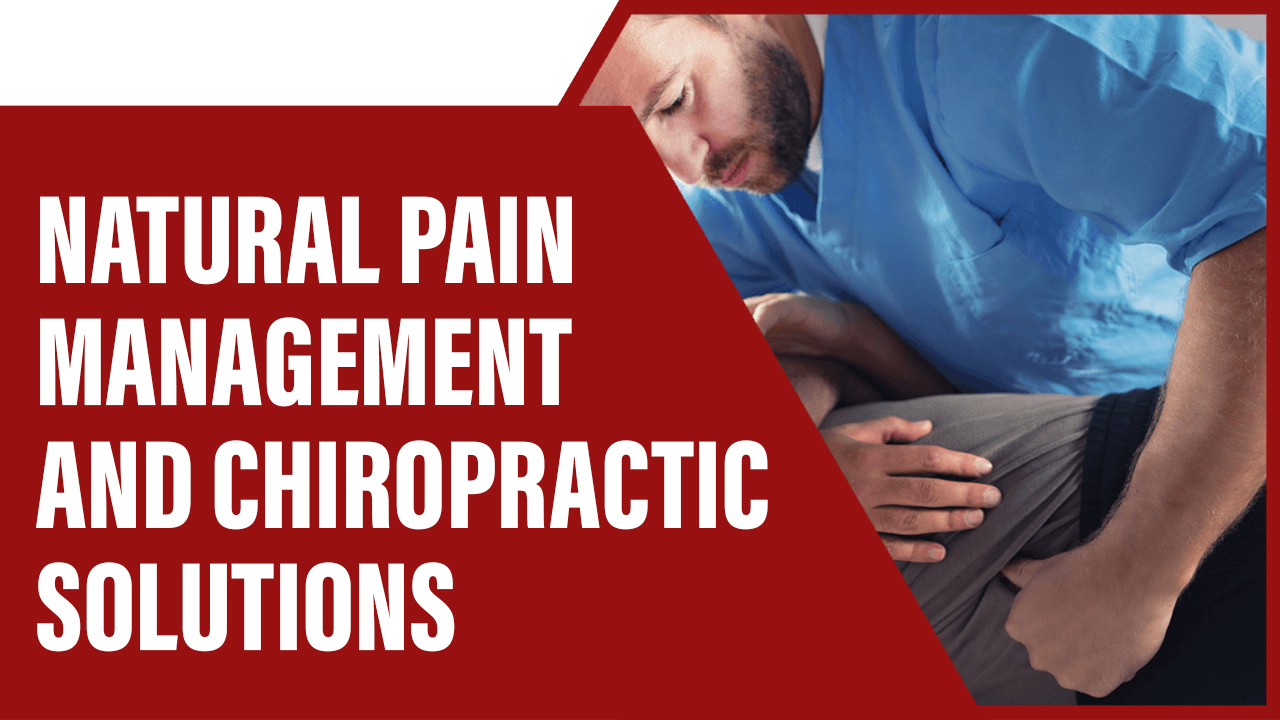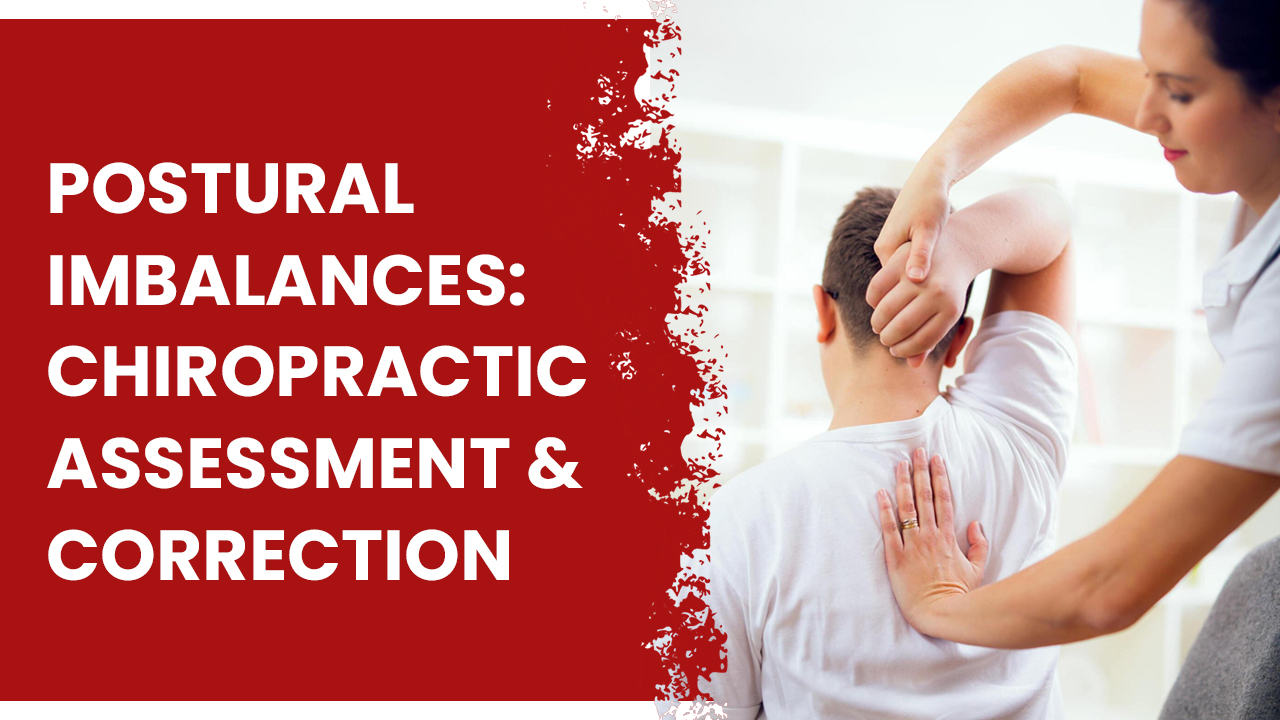Expert Physical Therapy In Ridgefield CT For Better Recovery

Physical therapy (PT), particularly in Ridgefield, CT, is a vital component of comprehensive healthcare, aiming to restore and improve physical function and mobility. Integrating professional physical therapy in Ridgefield CT, into one’s healthcare routine holds immense importance for individuals seeking to optimize their overall well-being. Through tailored exercises and interventions, physical therapists in Ridgefield, CT, […]
Holistic Approaches To Low Back Pain Relief In Ridgefield CT

Conclusion: In conclusion, Ridgefield Chiropractic & Wellness Center stands as a beacon of holistic approaches to low back pain relief In Ridgefield CT, offering a myriad of effective and integrated solutions aimed at addressing the multifaceted nature of this common ailment. By embracing holistic modalities such as chiropractic care, acupuncture, massage therapy, exercise programs, ergonomic […]
Low Back Pain Relief Ridgefield CT: Comprehensive Solutions

Low back pain is a prevalent condition affecting millions of individuals worldwide, characterized by discomfort or soreness in the lumbar region of the spine. Seeking relief from this ailment is crucial for enhancing quality of life and restoring daily functionality. People have access to a variety of options for Low Back Pain Relief Ridgefield CT, […]
Comprehensive Approaches To Natural Pain Management And Chiropractic Solutions

Conclusion: In the realm of natural pain management, comprehensive approaches that integrate chiropractic solutions offer a promising avenue for individuals seeking relief from discomfort and a restoration of overall well-being. As we navigate through the complexities of modern living, chronic pain has become an increasingly prevalent challenge, affecting millions worldwide. However, amidst this landscape of […]
Natural Pain Management And Chiropractic Solutions

Introduction Chiropractic care, a holistic approach to healthcare, focuses on the alignment of the spine and musculoskeletal system to promote overall well-being and alleviate pain. In today’s healthcare landscape, where the opioid epidemic underscores the need for safe and natural pain management and chiropractors, chiropractic care emerges as a beacon of hope. By addressing the […]
Postural Imbalances: Chiropractic Assessment & Correction

Are you tired of dealing with those persistent aches and pains that won’t go away? Is your posture not what it used to be? Many of us suffer from postural imbalances, which can lead to discomfort and even chronic pain. But worry not because chiropractic care can be a game-changer. In this article, we will […]
Chiropractic Approaches For The Treatment Of Low Back Pain

Introduction Low back pain is a common and debilitating condition affecting millions worldwide, with significant societal impact. Chiropractic approaches offer promising solutions for its treatment, focusing on the musculoskeletal system’s alignment and function to alleviate pain and improve mobility. Chiropractors employ various techniques such as spinal adjustments, mobilization, and soft tissue therapies to target the […]
Eat Your Greens

Insanely Easy Way To Add Years To Life: Eat Your Greens

Here comes March, and in the blink of an eye, it’s already National Nutrition Month! It’s the best time to revisit our eating routine. We’ve been busy with all sorts of things, enjoying the warm weather and waiting for spring (or summer), but when it comes to eating, we tend to lose focus. […]
How To Prevent “Scary” Low Back Injuries

Halloween is fast approaching, and it is time to think about costumes! But before you throw a spooky yet crazy Trick-or-Treat party, ensure your back is at its best. It’s a nightmare scenario for most of us: you’re enjoying the Halloween festivities, you go to the bathroom and— bang your “back goes out!” Don’t let […]
